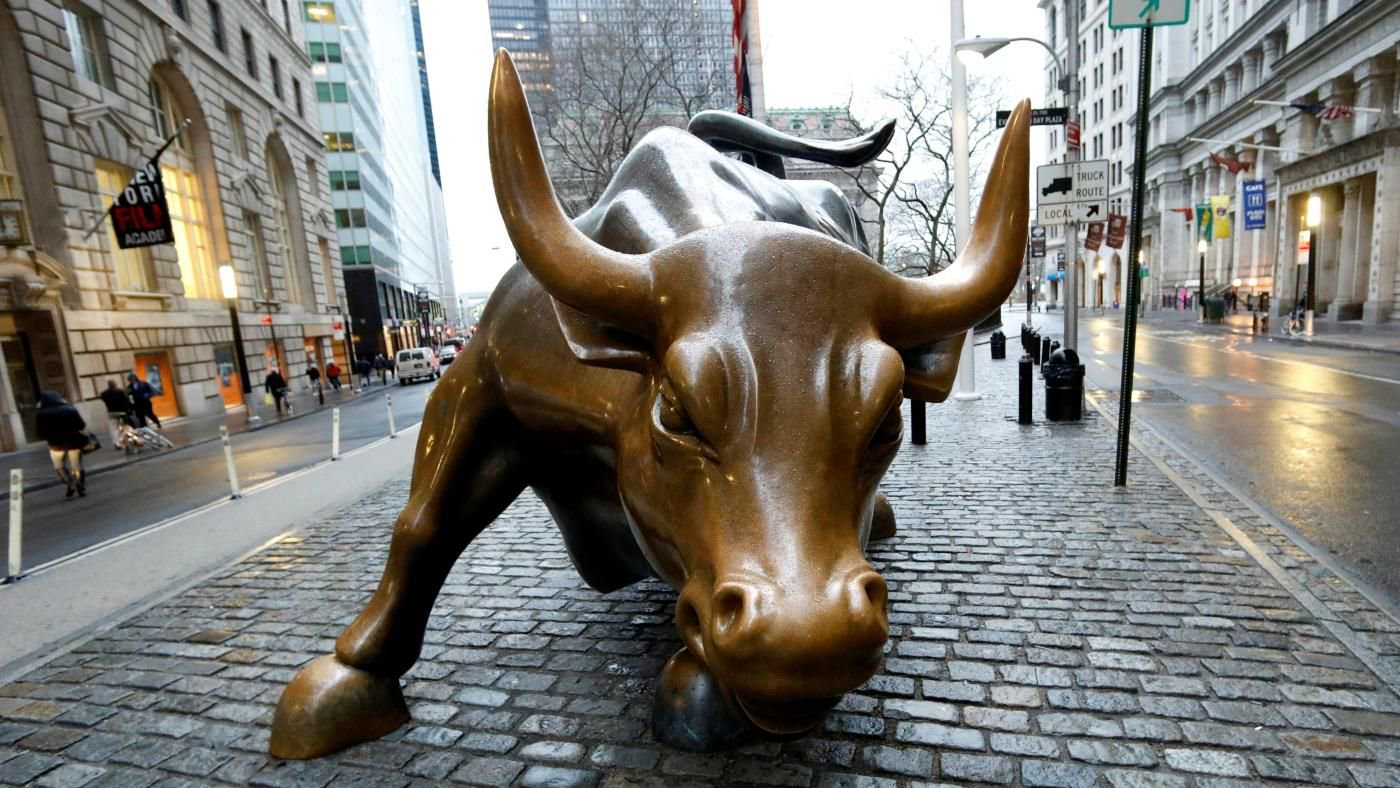
New York (CNN Business) – The cries of “drill, baby, drill” in the American oil patch appear to have been silenced by frustrated shareholders on Wall Street.
The days of all-in production by independent oil drillers seem to be over, for now at least. Unlike ExxonMobil (XOM) and other supermajors that were late to the shale oil party, these smaller independents are slowing down. They’ve been forced to embrace a somewhat foreign concept: restraint.
“There’s a renewed discipline,” Occidental Petroleum (OXY) CEO Vicki Hollub said Wednesday at the Columbia Global Energy Summit in New York.
Instead of drilling at any cost, exploration and production companies are promising to live within their means. That means setting a drilling budget — and sticking to it, even if prices spike. The goal is to have enough money left over to return cash to shareholders and shore up their shaky balance sheets.
“The independents are slowing down,” Scott Sheffield, CEO of shale leader Pioneer Natural Resources (PXD), said at the conference.
That’s despite the recent spike in oil prices above $60 a barrel. In the past, Pioneer would add five drilling rigs to capitalize on higher prices, Sheffield said.
“We’re adding zero rigs today,” he said.
Lots of debt, few returns
Pioneer and other oil drillers are instead focused on returning cash to shareholders in the form of dividends and buybacks. The shift is a reflection of Wall Street’s disappointment with the industry’s shoddy returns.
“We have provided most of the growth” during the shale boom, Sheffield said of independent companies.
US shale output has spiked to about eight million barrels per day, making up a three-quarters of America’s overall production.
But the explosive growth came at a cost. All of that drilling — and the technological advances that made it possible — was expensive to finance.
“We had to raise a lot of equity,” said Sheffield. “We had to raise a lot of debt. There hasn’t been a great return on capital.”
Higher prices ahead?
Wall Street will be pleased with the new era of prudence in the oil industry. But American drivers may not be. The strategy could keep upward pressure on oil prices.
If newly disciplined oil drillers pump less oil than they would otherwise, supply may not be as robust as it could be.
“It probably could keep oil prices higher for longer,” Sheffield said.
That’s great news for the likes of Saudi Arabia, which needs high oil prices to balance its budget. The kingdom, seeking to lift prices, has slashed production in recent months. That strategy has paid off, with US oil prices spiking 50% since Christmas Eve to five-month highs.
“I think it helps OPEC. They are very happy this is happening,” said Sheffield, talking about the oil cartel led by Saudi Arabia.
It’s not just smaller independents that are under pressure to live more responsibly.
“Our investors are extremely focused on financial discipline,” Katie Jackson, Royal Dutch Shell’s (RDSA) executive vice president of commercial and new business development, said at the Columbia conference. “We’ve set extremely clear targets in the market about how much we will spend … and how much we will return to shareholders.”
Breaking the boom-bust cycle
The sense of restraint in the oil patch could make sense beyond the rewards to shareholders.
Excess production from the United States backfired in 2014 when the market became oversaturated. Crude eventually crashed to $26 a barrel. Surging US output similarly contributed to last fall’s bear market in oil.
“Investors are trying to incentivize producers to act differently,” said Michael Tran, managing director of global energy strategy at RBC Capital Markets. “US producers should take a page out of the OPEC playbook.”
Speaking to analysts in February, Marathon Oil (MRO) CEO Lee Tillman held up his oil drilling company as a perfect example of financial prudence. He pointed to Marathon’s ability to pad its balance sheet by $900 million while simultaneously paying out $170 million in dividends and $700 million in stock buybacks.
“We don’t believe it’s a mystery as to what investors are looking for,” Tillman said.
Next wave of the boom
The more cautious approach appears to be more than lip service.
The number of rigs drilling for oil fell sharply when oil prices plunged late last year, as expected. Tellingly, the rig count has continued to shrink in 2019 even as oil prices rise.
“I think they learned the lesson from Wall Street,” said Rene Santos, manager of North America supply analytics at S&P Global Platts. “If you don’t bring returns, your stock price will be penalized.”
Of course, none of this means the American shale oil boom is over by any stretch. But the blockbuster growth rate may slow a bit.
After US shale oil production surged by about 30% in 2018, Santos expects it to decelerate to around 19% in 2019. That’s still robust growth, just at a slower pace.
Sheffield remains uber-bullish on the shale boom despite the restraint independent drillers are showing.
Driven by new drilling techniques, artificial intelligence and increased efficiency, Sheffield predicted that US oil production will spike to 17 million barrels per day over the next five years.
That would represent a 55% surge from last year’s record production of 10.96 million barrels per day.
In other words, the next wave of the shale boom could be on the way.
“It has a long way to go,” Sheffield said.
SOURCE:
https://www.cnn.com/2019/04/11/investing/oil-drilling-production-wall-street/index.html



